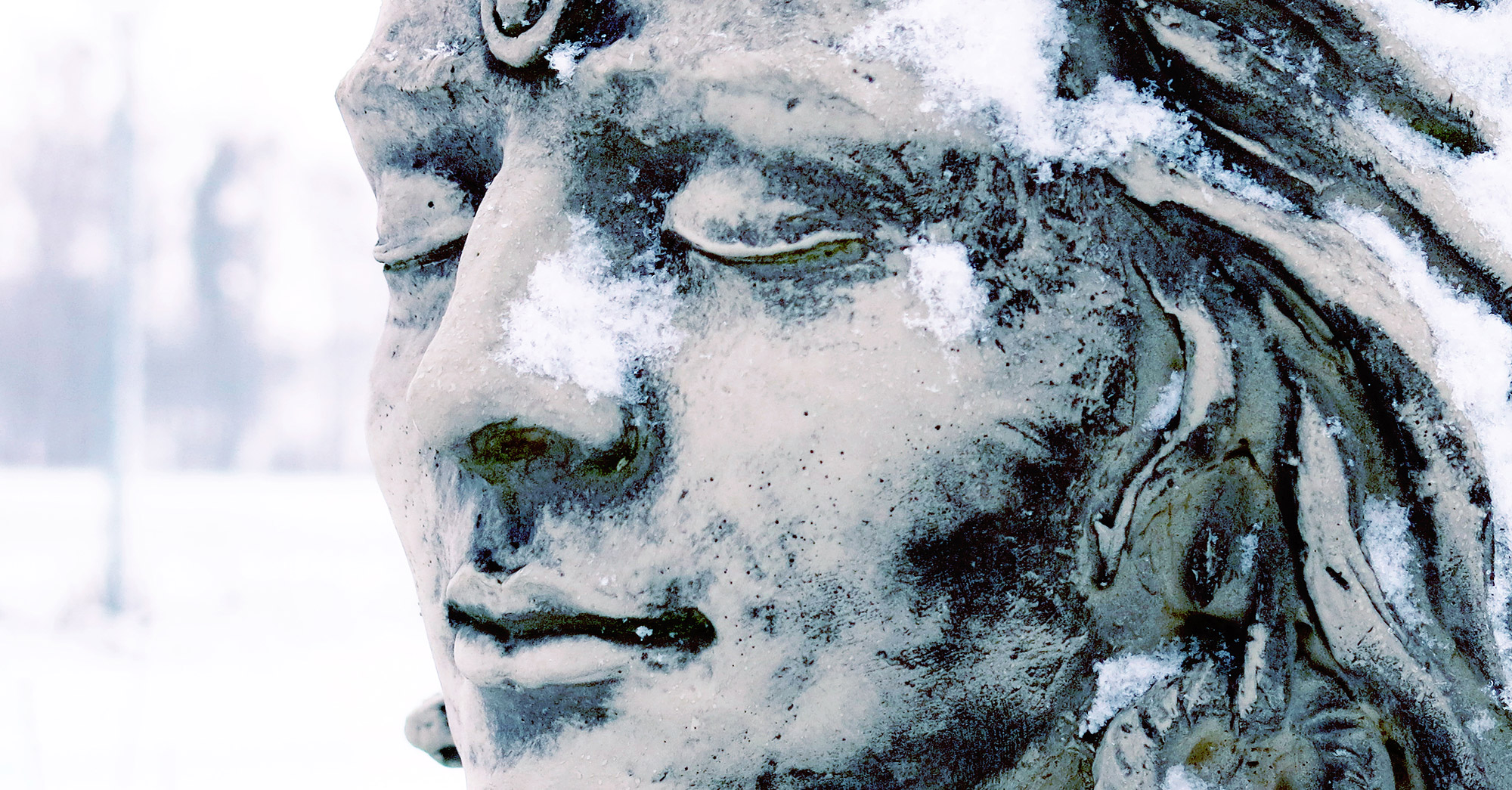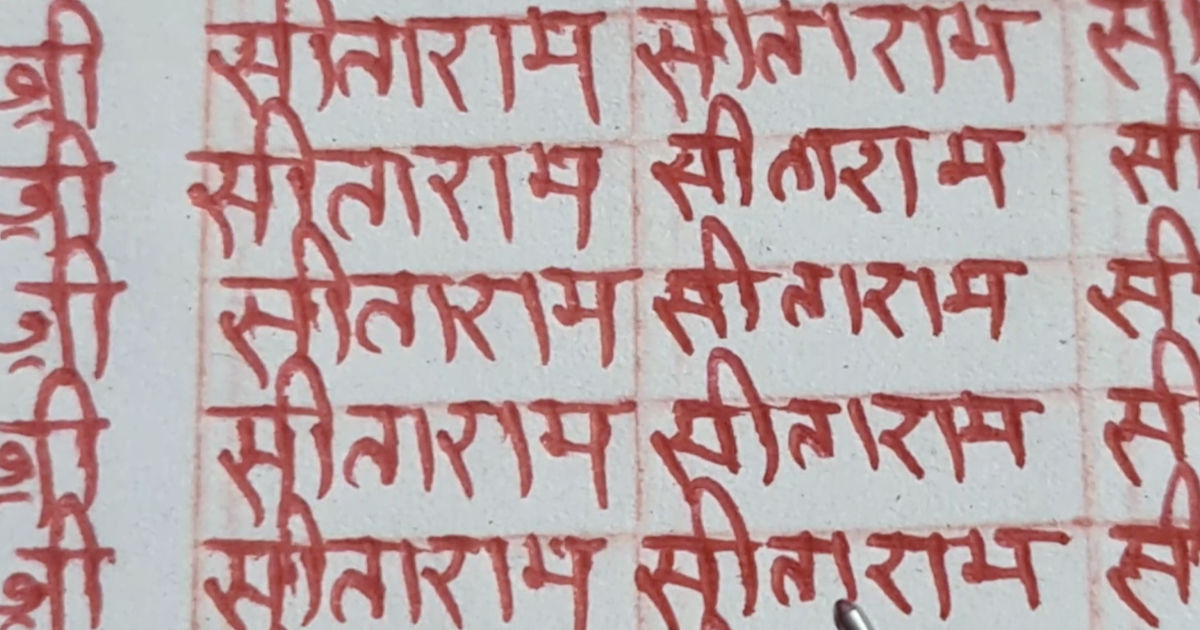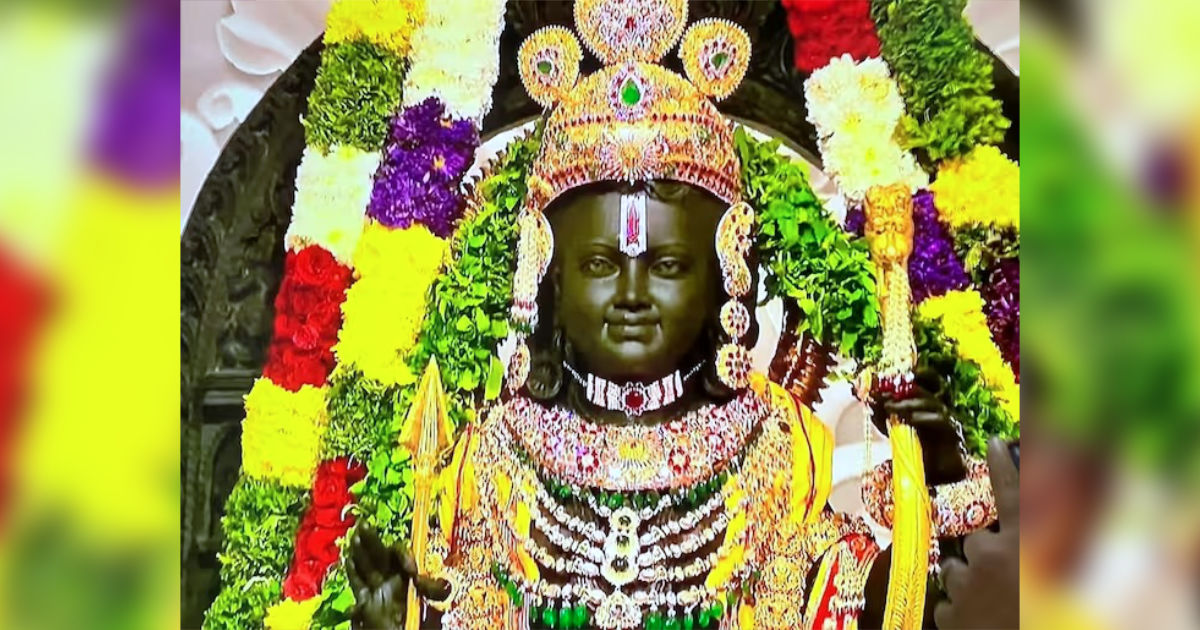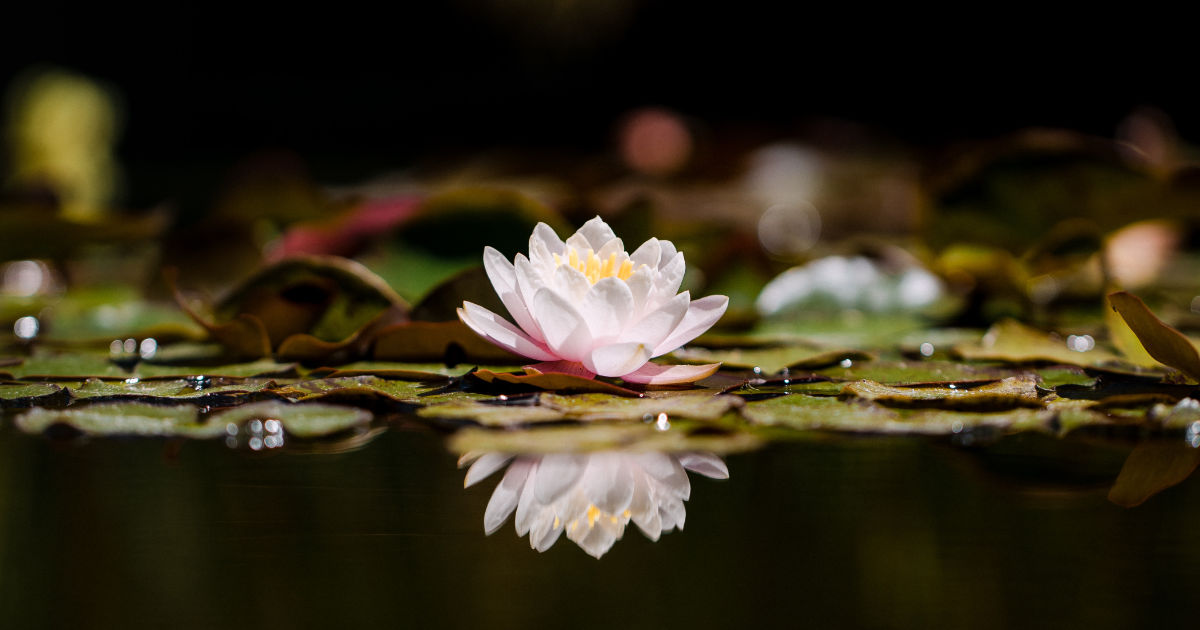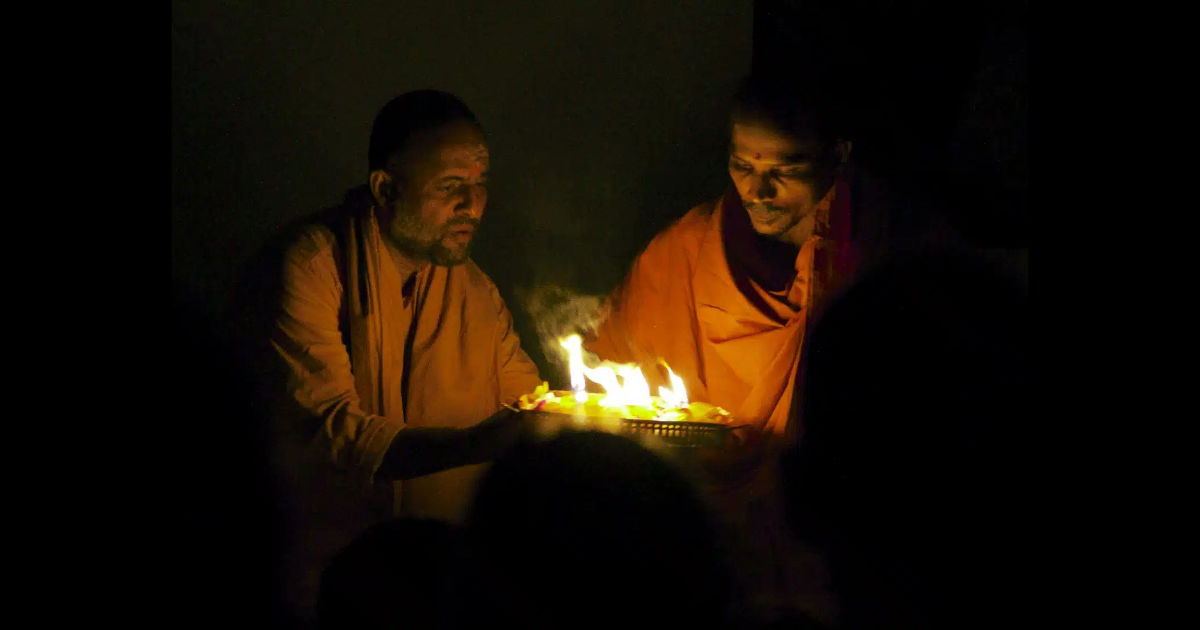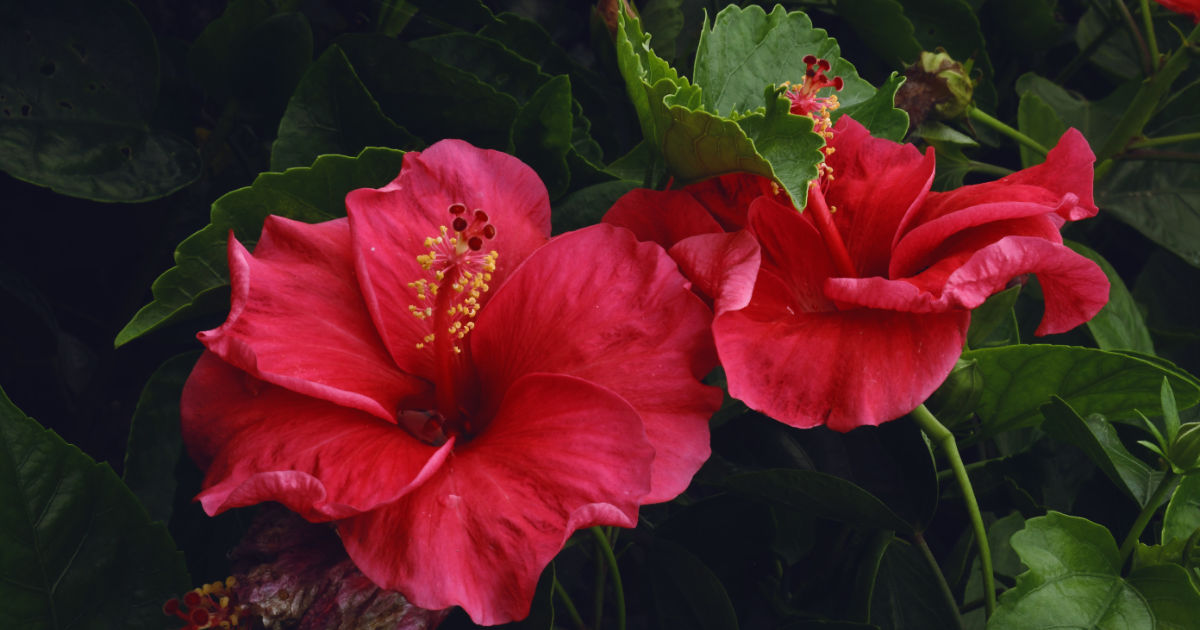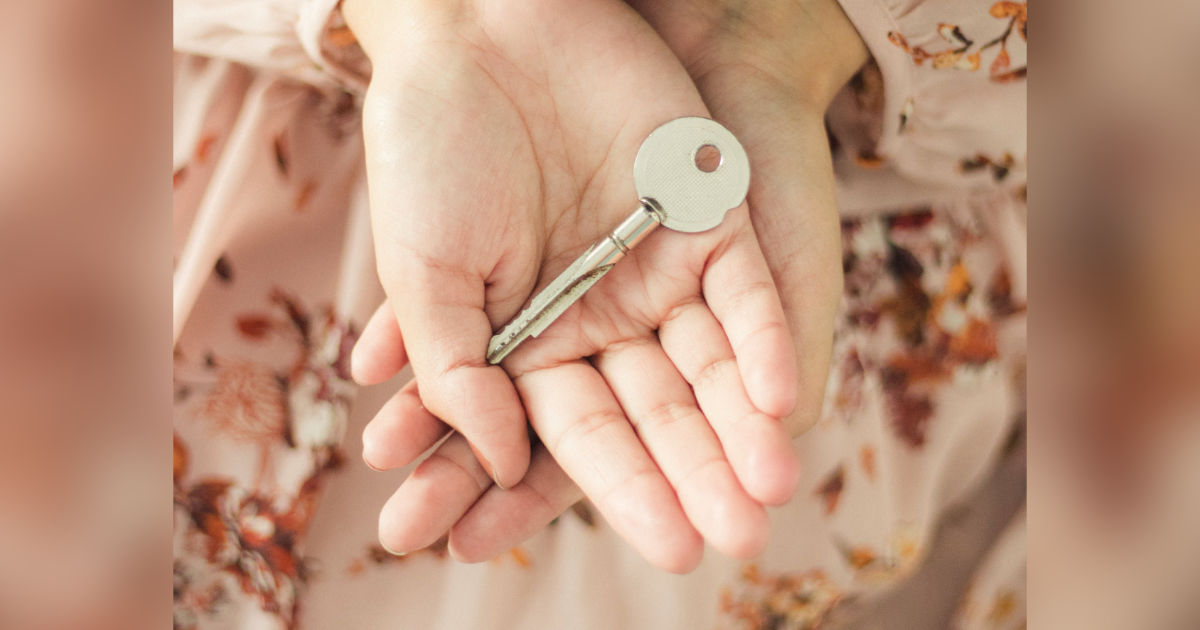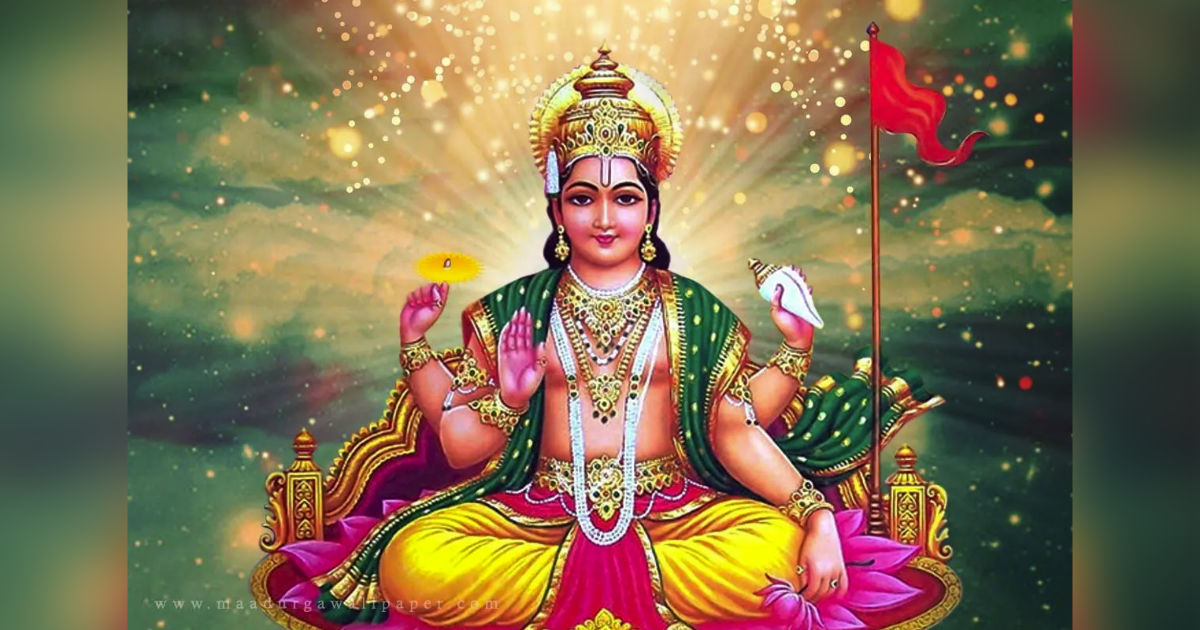Who is Tara? She is the Buddhist savior goddess with numerous forms, known throughout Nepal, Tibet and Mongolia. She is the feminine counterpart of the bodhisattva (the buddha to be) Avalokiteshvara. Avalokiteshvara Boddhisattva is the most popular Mahayana Buddhist deity. He is the earthly manifestation of Amitabha, guarding the world between the departure of the historical Buddha, Gautama and the appearance of the future Buddha, Maitreya. Continue reading
Tag Archives: deity
830 – Forgiveness mantra
Chanted at dawn and dusk.
Karcharana Krtam Va Mantra is known as the Shiva Forgiveness Mantra and Shiva Meditation Mantra. It is also a prayer.
Karacharana Kritam Vaa Kaya Jam Karmajam Vaa
Shravannayanjam Vaa Maansam Vaa Paradham
Vihitam Vihitam Vaa Sarv Metat Kshamasva
Jay Jay Karunaabdhe Shri Mahadev Shambho
816 – Blessings from a spiritual bank
Dear ones, I read an interesting article in the newspaper, and I will share with you. In Ayodhya, the ancient city where Lord Rama was born, there is a bank for transaction of spirituality and inner peace. It is called the International Shree Sitaram Bank. It was set up in November 1970 by Mahant Nritya Gopal Das, chief of Sri Ram-janm Bhoomi Teertha Kshetra Trust. The deposit in the bank is Likhit Japa (written chant) booklet. Continue reading
813 – Who will always remain your Valentine?
Who should I send a valentine to? This is the question, many of us ask. Do I send a valentine to everyone, who is especial to me. Does that include my loved ones, my best friends, my pet, my sweetheart or just one person? Continue reading
793 – Pran Pratishtha of Ram Lalla
The infant Rama.
Today is a very special day. It is the Pran Pratishtha ceremony at Ayodhya, the birthplace of Rama. The deity is called Ram Lalla, which means the infant Rama. Pran Pratishtha means the establishment of life force. The ceremony permeates energy into the murti (statue) of Rama Lalla, transforming it into a deity. This bridges the gap between devotees and the object of their adoration and unites the divine with the material. The deity is now invited as a resident guest by invocations of hymns and mantras. And the deity’s eyes are opened for the first time. The deity is blindfolded until the ceremony and then the deity is all seeing. Continue reading
767 – Puja and Yagna
What is the difference between Puja and Yagna? The word puja means prayer and it is 2500 years old. It was found in Griha Sutra, which talks about rituals. It describes the ceremonies (samskaras) that mark each stage of an individual’s life, from the moment of conception to the final death rites; the five daily sacrifices (mahayajna); seasonal ceremonies; and those observed on special occasions, such as house building or cattle breeding. The Griha sutra mentions the word pujaniya, worthy of reverence. It is assumed that the word puja comes from it or from south India. In Tamil, pujai means flowers or offering of flowers. Continue reading
757 – Who is a Hindu?
Dear ones, my eldest granddaughter is writing a story about a boy living in a Hindu family. She is half German and she has been coming to Yoga Vidya since she was two. Her two younger brothers have also been coming. Well, she rang me up and asked me what being a Hindu meant. She associated it with being religious. Continue reading
736 – Perform Arati on Diwali
Diwali symbolizes the spiritual victory of light over darkness, good over evil and knowledge over ignorance. The lamps we light signify that that we should cleanse ourselves and remain on the spiritual path. Continue reading
660 – Flower theft
My dear ones you are shocked that I am writing about theft. It is such a strong word. It came to my mind when I was looking at my orchid in my apartment in Yoga Vidya. I feel very proud of it, and it looks so graceful. In India, in New Delhi where I live people pluck flowers for their early morning prayers. They like to offer fragrant smelling flowers to the deity. I admire this ritual, I myself do not offer flowers as I feel that their fragrance and beauty should be shared by humans and the birds. Continue reading
488 – How to offer flowers to the Deity
There is a ritual to be followed when one offers flowers to the Deity. There are many flowers which can be offered. Some of the favorites I have listed below.
Hibiscus—Botanical name Hibiscus rosa-Sinensis. The goddess loves the Hibiscus flower. It is her favorite flower. The hibiscus belongs to Kali. She represents empowerment, and with that comes destruction of evil. Therefore, she is considered a fierce Goddess. The red hibiscus is symbolic of Kali’s tongue. She portrays a form of energy and this blood symbolism becomes life affirming and it ties her to the life forces that pulsate in all of us. Continue reading
399 – The platinum bunch
A platinum key! What kind of lock would this key fit? The platinum key is our anchor and our savior. A symbol is what we must seek. We are blessed if our Guru gives us one or we find one. The usual place for a symbol is behind our eyebrow centre. It can be a yantra, mandala, deity, sun, moon, star, or flower. Once we feel comfortable with it, we stay with it. How do we use it? It becomes a part of us.it never leaves us and when we use the other four keys, it is present. It rescues us and protects us. Continue reading
364 – Like to see my personal deity
There was a poet who said looking at a photograph, “I do not know what you are like in real life. You may be cruel, destructive or loving and gentle. However whenever I look at your picture I see you the way the way I wish to see you.” So this applies to all of us when we gaze at the picture of our personal or deity. We do not have to think of our deity or Guru in flesh and blood. We are in the presence of spirit and purity. And this experience becomes living reality. Continue reading
278 – Why should we go to the temple
A temple is a sanctuary. It is the place where there is a concentration of divine energy. However why should we go to a temple when God is present everywhere? We are the manifestation of Brahman and the meaning of Brahman is the supreme and eternal essence of the universe. We are lacking our connection to the real meaning of faith and divinity. We are governed by our thoughts and ahamkara (ego). Continue reading


